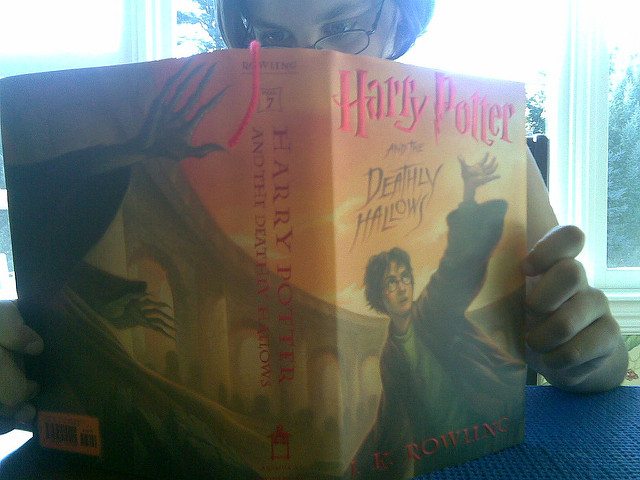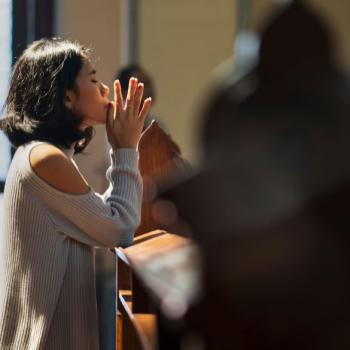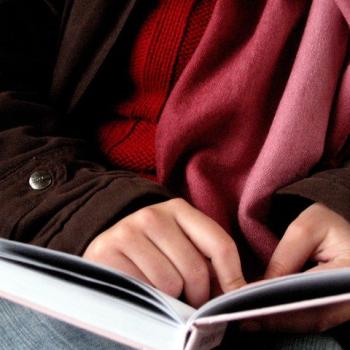
Sacred Texts
One of the first contemplative practices I learned from monastic life is lectio divina, or sacred reading.
Lectio divina is an approach to reading with different priorities than how we usually read. When we read a news story or a textbook, or even a blog post, we often read to find information. We generally read sacred texts more for formation.
Our intention is for what we read to help form us as much as, or more than, it informs us.
Most monks believe we read sacred texts to find meaning beneath the surface of the words. Sacred reading is more than merely skimming a text looking for its outline.
Traditionally, monks follow a structure for lectio divina which has four steps or movements. First we read, then we meditate, we pray, and then we contemplate.
I was taught to practice lectio divina with a rhythm of reading and questions for reflection. Reading a portion of the text, we ask which word or phrase is drawing our attention. As we read the same portion again, we ask where we see ourselves in the text. Reading it again, we ask what the text is drawing us to do or to become.
The practice includes reading a text four or five times and taking time to reflect on the questions.
When we approach a sacred text we are looking for something deeper. Lectio divina helps us find a way to read which explores the depth we seek.
What Are Our Sacred Texts?
Many people assume there is a relatively small number of recognized sacred texts. Without really knowing the history, they figure sacred texts are connected to specific religions.
What makes a book, or any other writing, a sacred text? Do sacred texts need to be ancient? Must a sacred text be long, and perhaps more than slightly confusing?
While we may come from a particular religious background, each of us discovers our own sacred texts. How do we choose which texts are our sacred texts?
Which books do we read for our formation more than for our information?
Are there a limited number of books which help shape our lives?
Do we have poems, music, or art which are sacred texts for us?
Can an ocean or a mountain be one of our sacred texts?
Harry Potter and the Sacred Text
I was recently introduced to a podcast called Harry Potter and the Sacred Text. A couple of the people who started the podcast did a live presentation and I attended.
Vanessa Zoltan and Casper ter Kuile co-host the podcast. Ariana Nedelman is the producer. Vanessa and Ariana’s presentation sparked my interest. I checked out their website and Vanessa agreed to let me ask her a few questions.
One of the parts of the website I appreciated the most had to do with the question of sacred texts. For example, it says,
“By reading the text slowly, repeatedly and with concentrated attention, our effort becomes a key part of what makes the book sacred. The text in and of itself is not sacred, but is made so through our rigorous engagement.”
When I asked Vanessa about the question of sacredness, she told me
Finding Sacred Texts and Practicing Lectio Divina
[Image by Flyinace2000]
Greg Richardson is a spiritual life mentor and leadership coach in Southern California. He is a recovering attorney and university professor, and a lay Oblate with New Camaldoli Hermitage near Big Sur, California. Greg’s website is StrategicMonk.com, and his email address is [email protected].
















